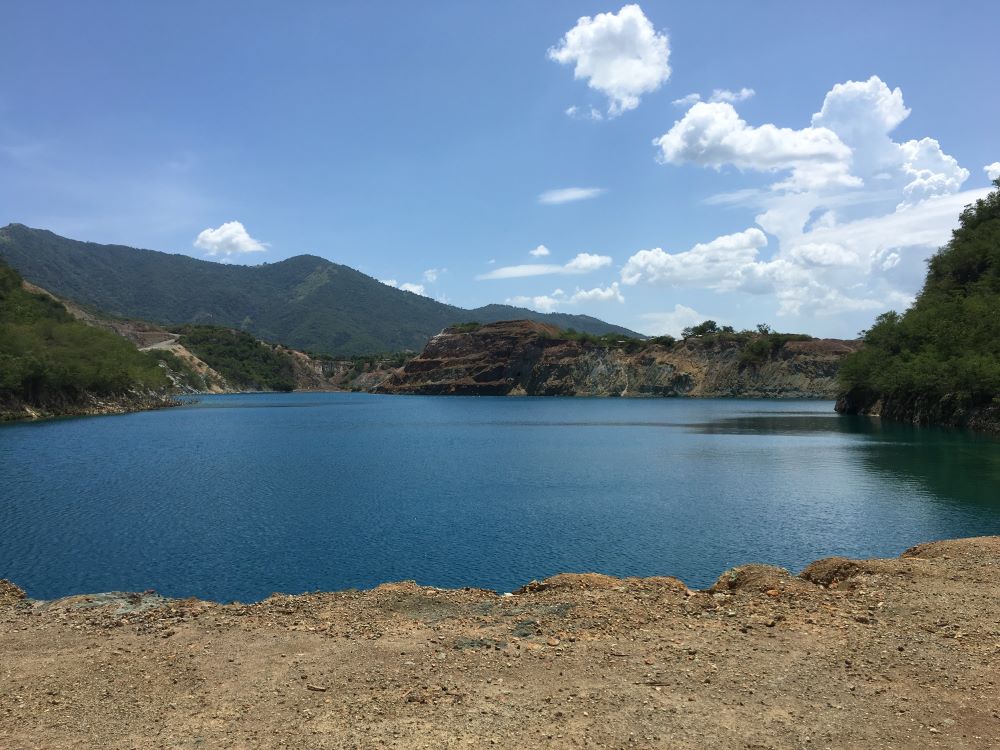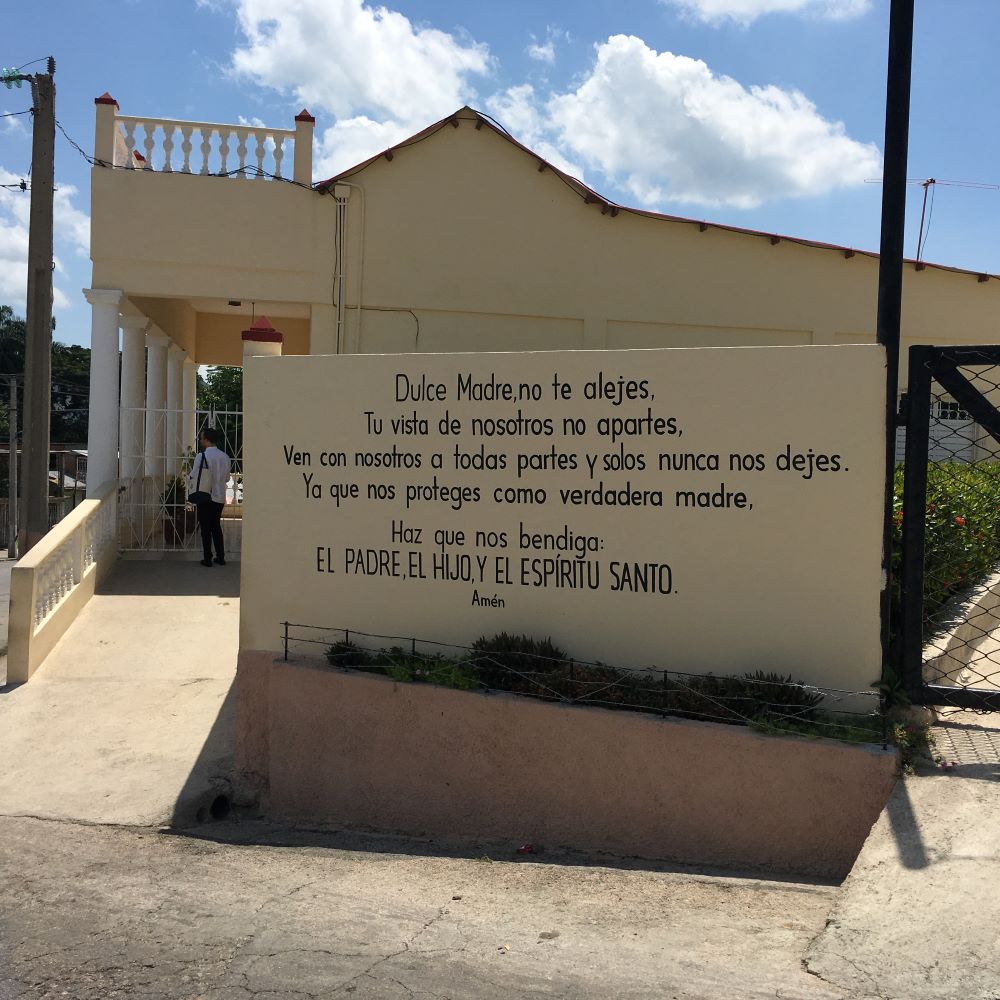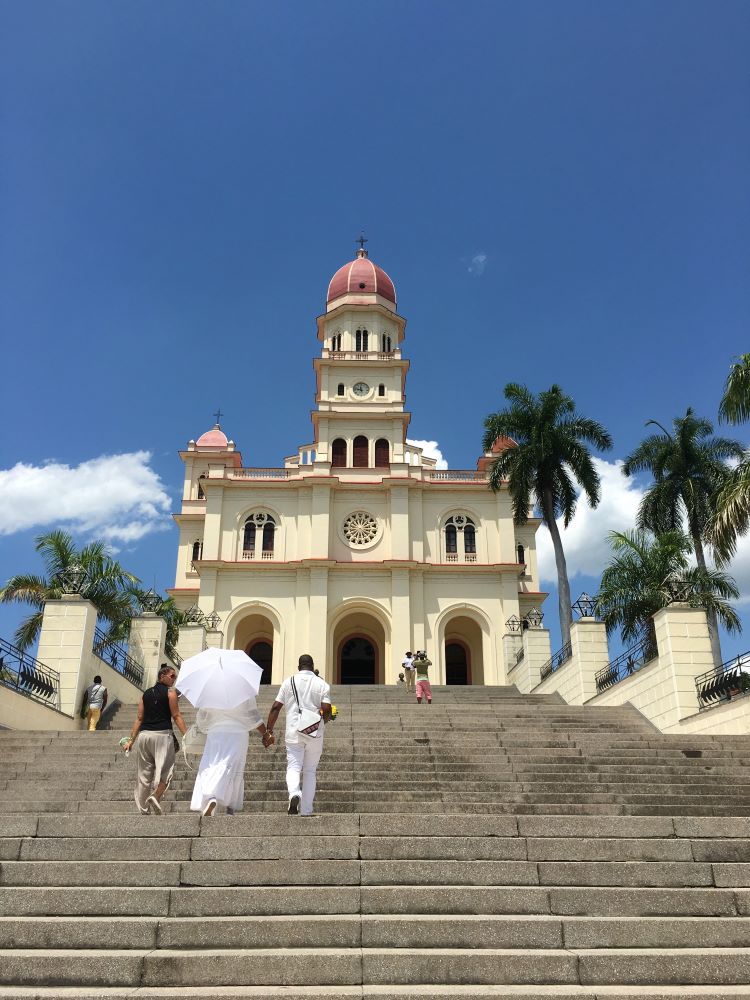Tucked away in the still tiny hamlet of El Cobre in far-eastern Cuba stands one of the first Catholic pilgrimage sites of America, the shrine to the Virgin Mary of Charity. According to Juan Manzano, an eighty-five-year-old Black slave who dictated a letter to Spanish ecclesiastical authorities on April 1, 1687, the Blessed Mother of Jesus had first appeared to him when he was ten years old and two indigenous adult slaves in 1612.


Caught in a storm while rowing back to shore on the Bay of Nipe, Juan Manzano had spotted a beautiful statue of the Virgin Mary, floating on the water, her clothes miraculously dry. When they rowed toward her and took her into the boat, the men were saved and embraced in a veil of peace as the sea churned violently about them. For weeks afterward, attested Juan Manzano, Mother Mary showed local Spanish officials that she had not chosen them, but the “wretched” poor, Black slaves of El Cobre as her guardians and witnesses to God. Thirty-five years later, the Church concluded a meticulous investigation and issued an official proclamation on the case, categorized as “The Truth”, veritas.
 \
\
